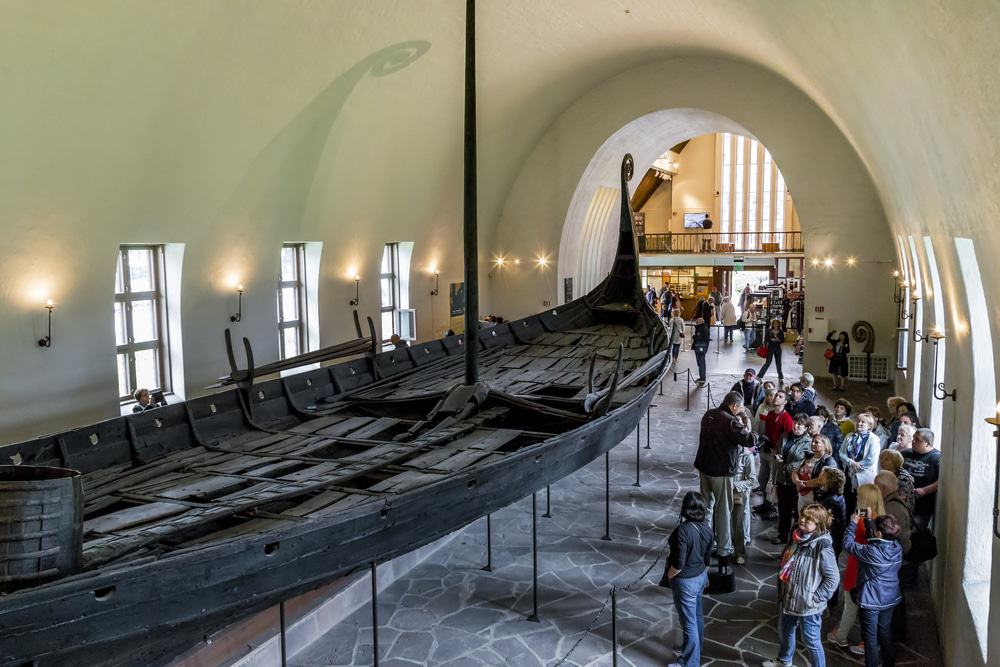Hello ladies and gents this is the Viking telling you that today we are talking about
Best Things to Do in Oslo
On the northern shore of the Oslofjord, Norway’s capital and the third largest city in Scandinavia is a trendy and sophisticated metropolis that has grown rich from shipping and oil.
Key to the high quality of life, nature is everywhere in Oslo, as the fjord is right in the city’s backyard and you’re never more than a bus ride away from untamed forest and walking trails by the water and mountains.
Tip: Get the Oslo Pass for free entrance to loads of attractions and free use of public transport
Culture in Oslo means coming face-to-face with The Scream by Edvard Munch and the visceral sculptures by Gustav Vigeland in the Frogner Park.
Exciting modern projects like the Oslo Opera House, the upcoming Munch Museum and the Aker Brygge district have cropped up by the water, while long-established museums recall Viking history and the audacity of polar explorers like Roald Amundsen.
Let’s explore the best things to do in Oslo:
1. Bygdøy Peninsula

On the west side of Oslo, you’ll find yourself coming back to the Bygdøy Peninsula time and again.
As well as the Bygdøy Royal Estate, the peninsula has five national museums: The Viking Ship Museum, the Fram Museum, the Norwegian Folk Museum, the Kon-Tiki Museum and the Norwegian Maritime Museum.
Every one of these deserves your time, and most are on the list below, but when the weather’s good this quiet, residential corner of the city is also somewhere to get out into nature or take a dip in summer.
There are countryside and coastal trails for walkers and cyclists, and the tempting, sheltered beaches at Huk. Get there in 20-minutes flat from Oslo’s central station and bus terminal on the no. 30, or catch the boat from Pier 3 by the City Hall.
2. Viking Ship Museum

An arm of the University of Oslo’s Cultural History Museum, the Viking Ship Museum has jaw-dropping finds from four different Viking burial sites around the Oslo Fjord.
The museum is on the Bygdøy Peninsula and shines thanks to the Oseberg Ship.
This 9th-century burial ship was excavated in 1904-05 and is like new as it had been encased for all that time in watertight and airtight mud.
No less exciting are similar ships from Tune and Gokstad, together with all the artefacts found buried with them like beds, small boats, a complete cart, tent components, wood carvings, textiles and other treasures brought to light in Viking graves.
As you go, the film Vikings Alive is projected onto the walls and ceiling, adding context on Viking burial rituals.
Book online: Viking Ship Museum and Historical Museum Entry Ticket
3. Frogner Park

Free to enter at any time of year, Frogner Park is in Oslo’s namesake borough and is a joy for the installations by 20th-century sculptor Gustav Vigeland.There are 212 sculptures in total, in bronze and granite from Iddefjord.
Vigeland’s works are Realist and their subjects are bizarre, from a man fighting with babies to a woman being ridden by a baby using her platted hair as reins.Many of these works like the Angry Boy (Sinnataggen) have become identifiers for Oslo.
The Angry Boy is in a 100-metre-long ensemble known as The Bridge, between the eastern Main Gate and the Fountain.On that same axis, a few hundred metres further, is the Monolith, an elevated 14.12-metre totem composed of 121 human figures.
This work alone took 14 years to carve from one gigantic piece of granite.
and as always have a chilled day from the Viking
Comments
Post a Comment